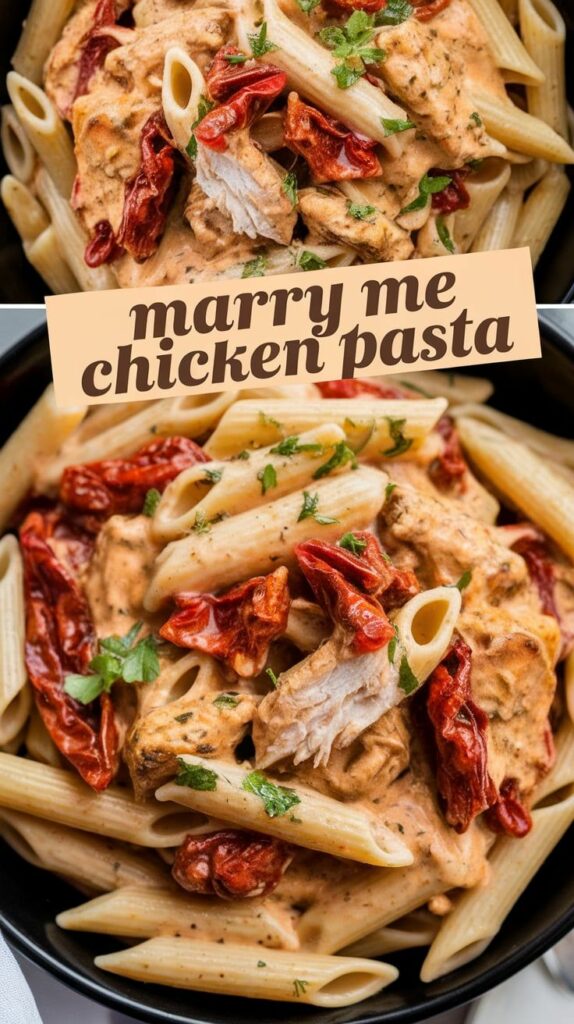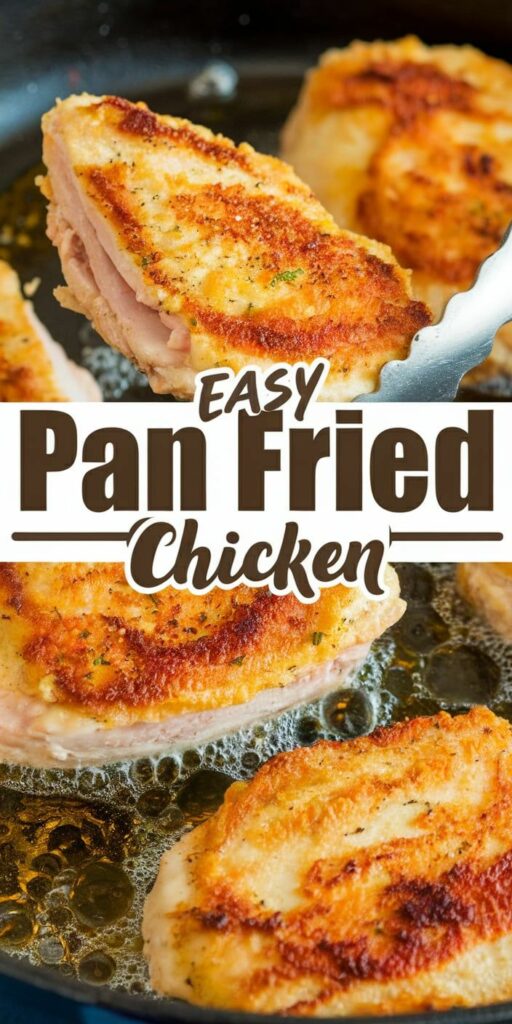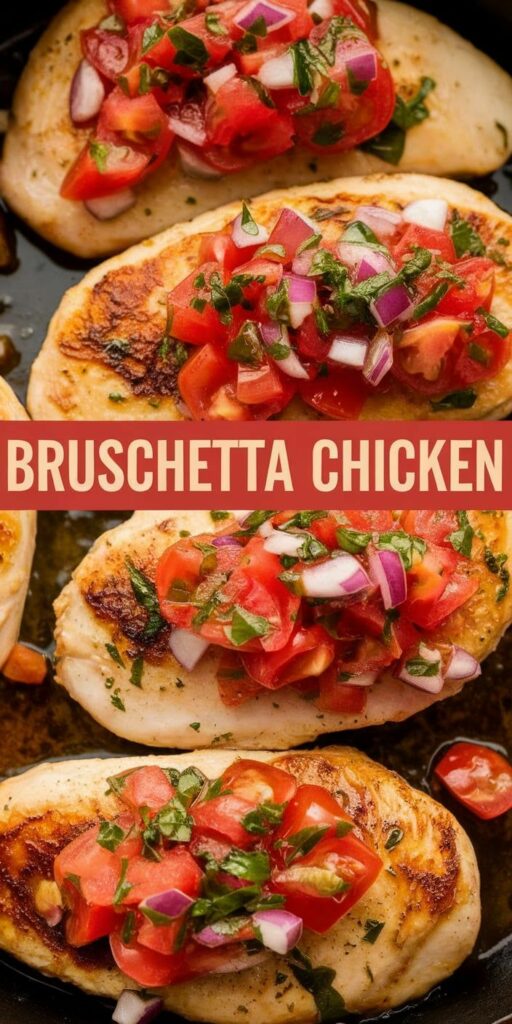Welcome to my ultimate guide for creating authentic Mexican tamales! As a passionate home cook, I’ve spent years perfecting this traditional recipe that connects me to my culinary roots. Making homemade tamales is more than just preparing a meal – it’s about preserving a rich cultural tradition that brings families together.
This tamales recipe will walk you through every step of creating these delectable parcels of pure deliciousness. From preparing the perfect masa dough to selecting mouthwatering fillings, I’ll share the secrets to making authentic Mexican tamales that will impress your family and friends.
Whether you’re a seasoned cook or a kitchen novice, this comprehensive guide will help you master the art of crafting delicious homemade tamales. Get ready to embark on a culinary adventure that celebrates the heart of Mexican cuisine!
The History and Cultural Significance of Traditional Tamales
Traditional tamales represent far more than just a delicious Mexican cuisine staple. These remarkable corn-based delicacies carry thousands of years of cultural heritage, connecting generations through a time-honored culinary tradition that goes beyond simple food preparation.
The story of tamales begins deep in the heart of Mesoamerican civilization, where indigenous communities developed this ingenious method of preparing portable, nutritious meals. These compact bundles of flavor were not just food but a practical solution for warriors, travelers, and workers who needed sustenance during long journeys.
Origins in Mesoamerican Cuisine
Archaeologists have traced tamales history back to ancient Aztec and Mayan civilizations. These cultures viewed tamales as more than mere sustenance – they were sacred offerings during religious ceremonies and important social gatherings.
- Originated around 8000-5000 BCE
- First prepared by Aztec, Maya, and Inca civilizations
- Used in religious and cultural rituals
Family Traditions and Celebrations
In modern Mexican households, making tamales remains a cherished family ritual. During holidays like Christmas and New Year’s, entire families gather to prepare these beloved treats, transforming cooking into a communal bonding experience.
Regional Variations Across Mexico
Each Mexican region boasts unique tamales reflecting local ingredients and culinary traditions. From the coastal areas to mountain regions, these variations showcase the incredible diversity of Mexican cuisine.
| Region | Unique Tamales Characteristic |
|---|---|
| Oaxaca | Mole-filled tamales with banana leaves |
| Veracruz | Seafood and spicy pepper variations |
| Michoacán | Traditional corn and pork fillings |
Essential Ingredients for Making Classic Tamales Recipe
Creating delicious tamales starts with gathering the right tamales ingredients. I’ll walk you through the essential components that will transform your kitchen into a traditional Mexican cooking haven. The success of your tamale recipe depends on selecting high-quality ingredients that bring authentic flavor and texture.
- Masa harina (corn flour) – 4 cups
- Baking powder – 2 teaspoons
- Salt – 1 teaspoon
- Vegetable shortening or lard – 1 1/3 cups
- Chicken or vegetable broth – 3 cups
When it comes to tamale fillings, you have multiple exciting options. I recommend preparing two classic varieties:
- Shredded chicken with red chile sauce
- Pork with green tomatillo salsa
Additional ingredients you’ll want to have on hand include:
- Corn husks for wrapping
- Seasonings like cumin and garlic powder
- Fresh herbs such as cilantro
Pro tip: Always use fresh ingredients for the most authentic taste. The quality of your masa for tamales and tamale fillings will make a significant difference in the final product.
Preparing the Perfect Masa Dough
Creating an authentic tamale masa recipe requires precision and understanding. The key to delicious tamales lies in mastering how to make tamale dough with the perfect masa consistency. I’ll walk you through the essential steps to ensure your masa turns out light, fluffy, and full of flavor.
When preparing masa for tamales, selecting the right ingredients is crucial. I recommend using high-quality masa harina, which is specially processed corn flour designed specifically for tamales. The quality of your masa will directly impact the final texture and taste of your tamales.
Achieving the Right Consistency
Getting the masa consistency just right can be tricky. Here are my top tips for creating the perfect tamale dough:
- Use room temperature lard or vegetable shortening for best results
- Beat the fat until it’s light and fluffy before adding other ingredients
- Gradually add warm broth or water while mixing
- Mix until the masa forms a soft, spreadable dough
Testing for Readiness
I always use the classic float test to check if my masa is ready. Drop a small ball of masa into a cup of cold water. If it floats, the dough is perfectly prepared. If it sinks, continue mixing and add a bit more liquid.
Common Masa Mistakes to Avoid
Many home cooks struggle with masa preparation. The most critical errors include:
- Overmixing the dough, which makes it tough
- Using cold ingredients that prevent proper blending
- Not allowing enough time for proper ingredient incorporation
- Skipping the resting period for the masa
With practice, you’ll develop an intuitive sense for creating the perfect tamale masa. Remember that patience and attention to detail are your best tools in mastering this traditional technique.
Creating Delicious Tamales Fillings
Crafting the perfect tamale fillings is an art that transforms simple masa into a culinary masterpiece. When exploring Mexican tamale recipes, I’ve discovered that the right filling can elevate your dish from good to extraordinary. The key is to balance flavors and textures that complement the soft, pillowy masa.
Let’s dive into some classic and vegetarian tamale fillings that will tantalize your taste buds:
- Classic Pork Filling:
- Slow-cook pork shoulder with dried chiles
- Add garlic, cumin, and Mexican oregano
- Shred meat and simmer in rich red sauce
- Vegetarian Tamale Fillings:
- Roasted poblano and cheese mixture
- Black bean and corn combination
- Spicy jackfruit carnitas-style filling
When preparing tamale fillings, I recommend spending time developing deep, complex flavors. Roasting vegetables, toasting spices, and slow-cooking meats can transform simple ingredients into mouthwatering fillings that will impress your guests.
For those seeking vegetarian tamale fillings, experiment with robust ingredients like:
- Sautéed mushrooms with epazote
- Roasted squash with queso fresco
- Spicy nopales with fresh herbs
The secret to incredible tamales lies in the careful preparation of your fillings. Whether you’re crafting traditional Mexican tamale recipes or exploring plant-based alternatives, the goal is to create layers of flavor that make each bite memorable.
How to Assemble and Wrap Your Tamales
Mastering the art of tamale assembly is crucial for creating delicious, authentic Mexican cuisine. Learning how to wrap tamales might seem challenging, but with the right techniques, you’ll become a pro in no time. I’ll guide you through the entire process of tamale assembly, from preparing corn husks to folding your final masterpiece.
Corn Husks Preparation Essentials
Preparing corn husks for tamales is a critical first step. I recommend soaking dried corn husks in warm water for at least an hour before starting your tamale assembly. This makes them pliable and prevents cracking during wrapping.
- Select clean, intact corn husks without tears
- Rinse husks thoroughly to remove dirt
- Soak in warm water until soft and flexible
- Pat dry with clean kitchen towels before use
Spreading and Filling Techniques
When spreading masa for tamales, use the back of a spoon or a small spatula. Aim for an even layer about 1/4 inch thick, leaving space around the edges for folding. The key to perfect tamale assembly is consistent masa coverage.
| Technique | Tips |
|---|---|
| Masa Spreading | Use light, even pressure from center to edges |
| Filling Placement | Center filling, avoid overstuffing |
| Husk Coverage | Leave 1/2 inch border on sides |
Proper Folding Methods
Folding corn husks for tamales requires practice. Start by folding one long side of the husk over the filling, then fold the other side. Fold the bottom end up, creating a neat package. Secure with a thin strip of corn husk if needed.
- Align masa and filling perfectly
- Fold long sides inward
- Fold bottom end up
- Optional: Tie with corn husk strip
With these techniques, you’ll confidently create beautifully wrapped tamales that will impress family and friends. Remember, practice makes perfect in tamale assembly!
Steaming and Cooking Methods for Perfect Results
I’ll walk you through the essential tamale steaming techniques that guarantee delicious results every time. When learning how to cook tamales, the steaming process is crucial for achieving that perfect texture and flavor. I recommend using a large steamer pot or a traditional tamalera if you have one available.
Arranging tamales in the steamer requires some skill. Stand them upright with the open end facing up, allowing enough space between each tamale for steam to circulate. This method ensures even cooking and helps prevent them from becoming soggy. The typical tamale cooking time ranges from 60 to 90 minutes, depending on the size and filling of your tamales.
To check for doneness, carefully remove a tamale and unwrap the corn husk. The masa should pull away cleanly from the husk and have a firm, slightly dry texture. If the masa still looks wet or sticky, continue steaming for an additional 15-20 minutes. Pro tip: Always keep an eye on your water level and add more hot water to the bottom of the steamer as needed to prevent burning.
After cooking, let the tamales rest for about 10 minutes before serving. If you have leftovers, store them in the refrigerator and reheat by steaming for 15-20 minutes. This method helps maintain their moisture and brings back that fresh-from-the-steamer taste that makes homemade tamales so special.



